It was only 5am, the sky was still dark but Mr. and Mrs. Thanh - Chat in zone 10, Phu Ninh commune, Phu Ninh district were getting up one after another to boil water to slaughter a pig. For many years now, since their children were young, until now their sons and daughters have all gotten married and moved out, but the couple still kept the tradition of slaughtering a pig for their children to "eat" during the Lunar New Year. Like Mr. and Mrs. Thanh - Chat's family, many families still keep the custom of "touching a pig" at the end of the year, partly for their children and grandchildren, partly to invite siblings, neighbors, and each person to share a little bit of delicious meat during the last days of the year.
After being cut open, the pig is "mixed" into different parts for people to eat.
Starting from the full moon of December onwards, in many villages, the sound of pigs squealing, people talking excitedly, the sound of knives and chopping boards, calling each other makes the village bustling from early morning. For many people, the unforgettable memory of the traditional Tet holiday is the Tet pig slaughter, a beautiful traditional feature that shows solidarity and thrift popular in the countryside, although not many left, it still exists and is continued by many families.
Ms. Thanh shared: Usually, the whole family discusses and cares about eating pig meat months before Tet. In a year, we can raise 1-2 good pigs. We have three children, all living separately, so my family mainly slaughters pigs to share with the children, but many families in the area choose to eat pig meat. Several families tell each other where the pigs are good, which pigs are "clean", buy them together, then from the end of the 11th lunar month, they bring them to one house to raise there and wait for the day to slaughter. Usually, families of brothers, relatives, neighbors, and close friends "eat pig meat" together.
The day of eating "pig touching" is the day when everyone gathers and has fun.
Because they are choosing pigs to eat for Tet, families are also more careful, some people have to go to several houses to choose a satisfactory pig. The chosen pigs are usually large so that when dividing the portions, as the elders say, "each piece is worth its weight", but they must be of the type with little fat and a lot of lean meat, firm meat. Many careful families buy a pig of about 30-40 kg at the beginning of the year and then send it to raise, or one household will take care of it. The pigs saved for Tet are also raised with a nutritional regimen that is not fattened but with vegetables, rice bran, sometimes free-range in the garden... so the meat is leaner and more delicious. Although many places have been slaughtering pigs since the full moon of December, the busiest time is still from about the 23rd of December onwards, mainly focusing on the 27th and 28th so that after taking the meat, people will calculate which part to wrap banh chung, which part to wrap ham and make sausage.
Although she has been away from home for many years, Ms. Hong Nhung, Tu Liem, Hanoi, has been waiting for Tet to return home to eat "dung pig". She shared: "Some years, the family eats with her grandmother's family, other years, friends in the countryside invite her to "dung" meat together. Although the work at the end of the year is busy, I really like the feeling of returning home, hearing the sound of pigs in the pen squealing, the sound of knives and chopping boards, the sound of chopping. Usually, at this time, many families slaughter pigs, and some years, from early morning, you can hear the sound of pigs squealing throughout the village, along with people calling each other. Each person has a job, some with cutting boards and knives, some with baskets and trays, some with banana leaves, some with boiling water... The men boil water, some with hair, some with intestines. The women prepare salt, fish sauce, baskets, banana leaves to hold the meat... All create a warm and familiar picture of Tet in the countryside."
Making sausage is the most time consuming step.
The happiest part of the “pig touching” day is when the pig is cleaned of hair, laid out on a tray, the butcher will start to butcher the meat and remove the bones. Usually, the pig is divided into 4 large parts called “legs”. Then, depending on how many people are touching and how big or small the pig is, people will divide the legs further. Families with many people will take a whole leg, families with few people will take half a leg or less. Everything will be divided very equally based on the number of people eating from the lean part, the fat part, the bones, the head, the ear, the tongue, the blood pudding, the intestines, the sausage... Of all the steps of making the pig, the sausage is usually the most time-consuming step. The minced meat, caul fat, green beans, sticky rice, herbs, blood juice... are mixed with spices and stuffed into the cleaned large intestine. After making the sausage, people will boil it to divide the portions. The finished small intestine is also divided into sections and divided with the heart, liver and other internal organs.
While dividing the portions, Ms. Son in Tho Son ward, Viet Tri city shared: “Every year, my husband and I return to our hometown Tam Nong to eat with our relatives. Usually, this is also the day when all the children and grandchildren gather. The meat is divided, the remaining intestines, sausage, and pig head will be brought to make a feast for the whole family to gather together. The intestines and sausage will be boiled to a fragrant aroma, the intestines will be boiled until they are crispy, and the broth will be used to make porridge. In the past, we used to make blood pudding, but now few people eat it, so the blood is often used to make porridge or make a bowl of blood pudding to cool the stomach.”
The gathering and joyful gathering when "touching pigs" is therefore like a prelude to Tet because of the jubilant and excited atmosphere. Also here, the cultural characteristics of the Vietnamese people are clearly shown: Village culture. In recent years, the life of every family has been better off, the need to use and store food for Tet has decreased and goods are abundant with many types of pre-processed foods, but many families in the countryside still maintain the custom of "touching pigs" to have more Tet atmosphere. Because "touching pigs" is not only a custom in the countryside during difficult economic times, food is scarce, but it also carries a strong cultural identity, typical of Vietnamese village culture, which is the solidarity between neighbors, relatives, is the support for each other to share joy every time Tet comes and Spring comes...
Thu Ha
Source: https://baophutho.vn/dung-lon-ngay-tet-227017.htm


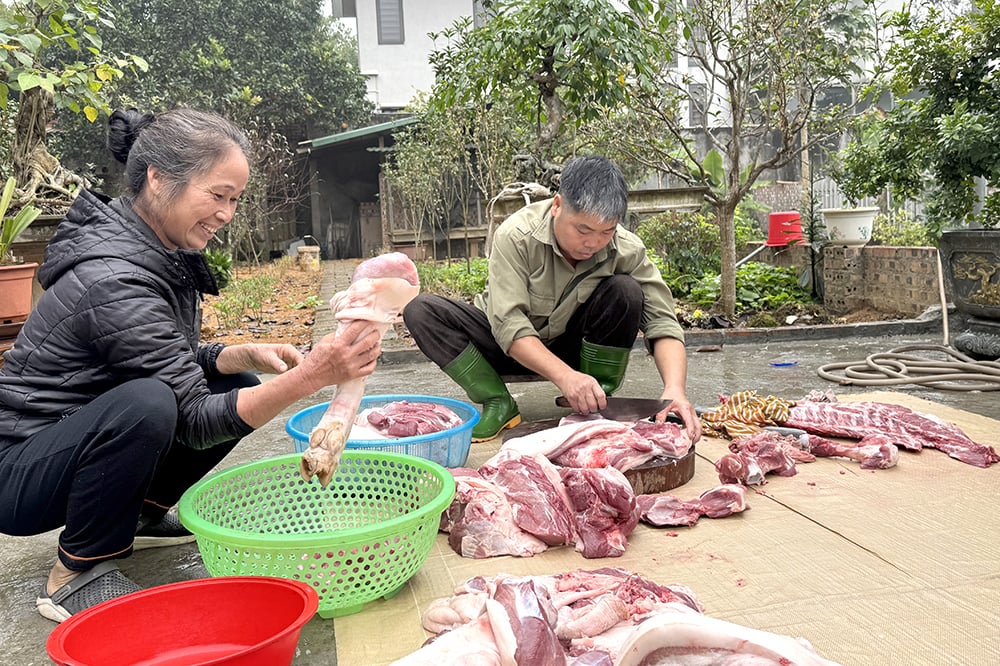
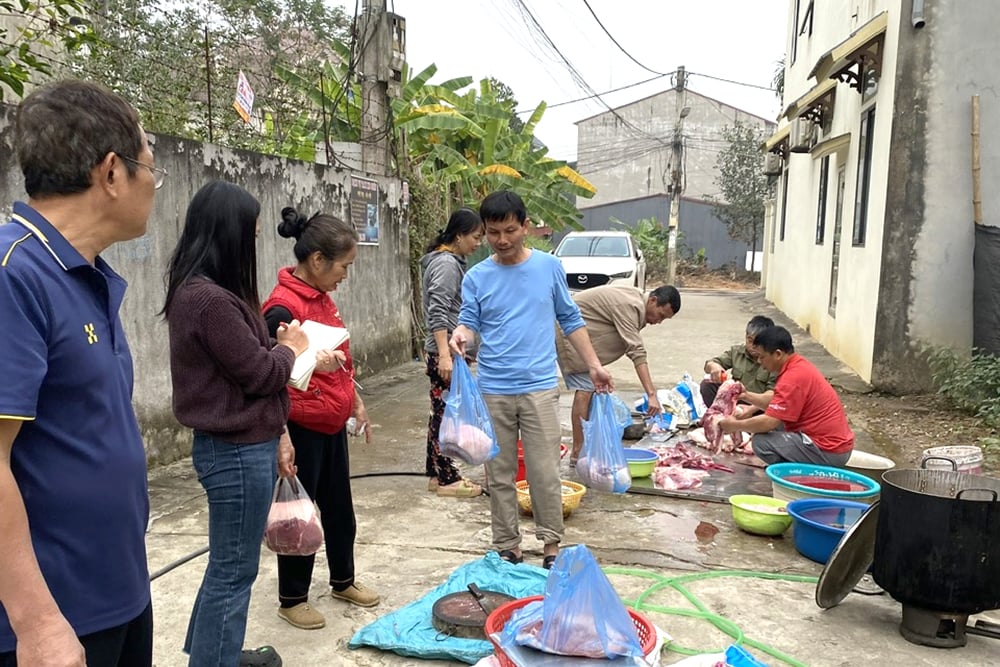
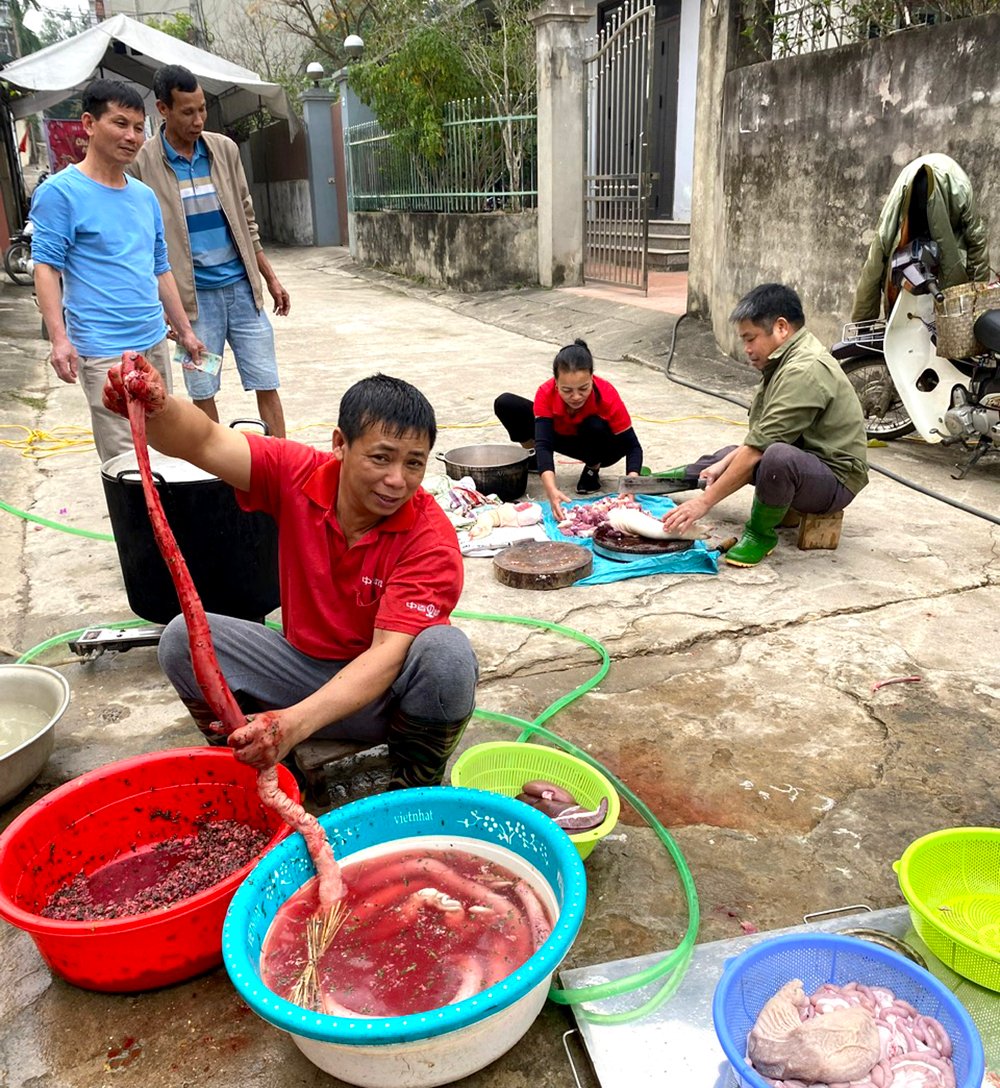



![[Photo] Hanoi morning of October 1: Prolonged flooding, people wade to work](https://vphoto.vietnam.vn/thumb/1200x675/vietnam/resource/IMAGE/2025/10/1/189be28938e3493fa26b2938efa2059e)
![[Photo] President of the Cuban National Assembly visits President Ho Chi Minh's Mausoleum](https://vphoto.vietnam.vn/thumb/1200x675/vietnam/resource/IMAGE/2025/10/1/39f1142310fc4dae9e3de4fcc9ac2ed0)
![[Photo] Keep your warehouse safe in all situations](https://vphoto.vietnam.vn/thumb/1200x675/vietnam/resource/IMAGE/2025/10/1/3eb4eceafe68497989865e7faa4e4d0e)


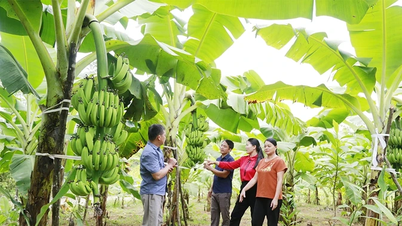



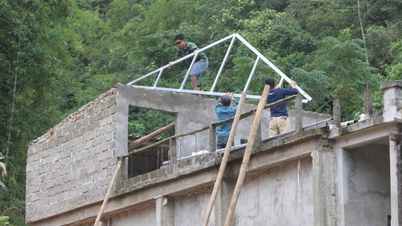



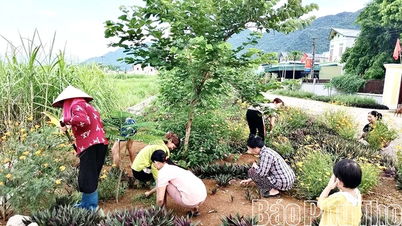
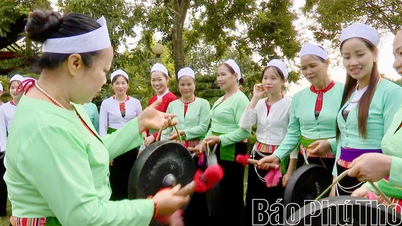
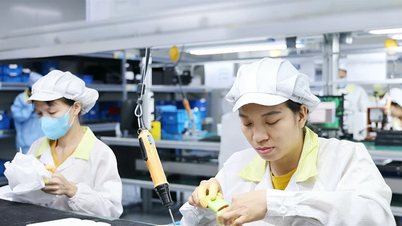










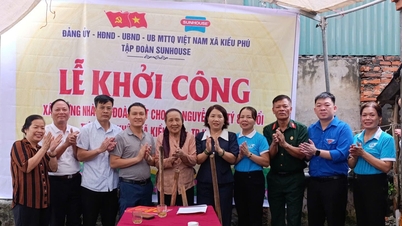

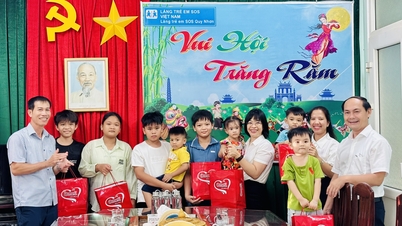

































































Comment (0)